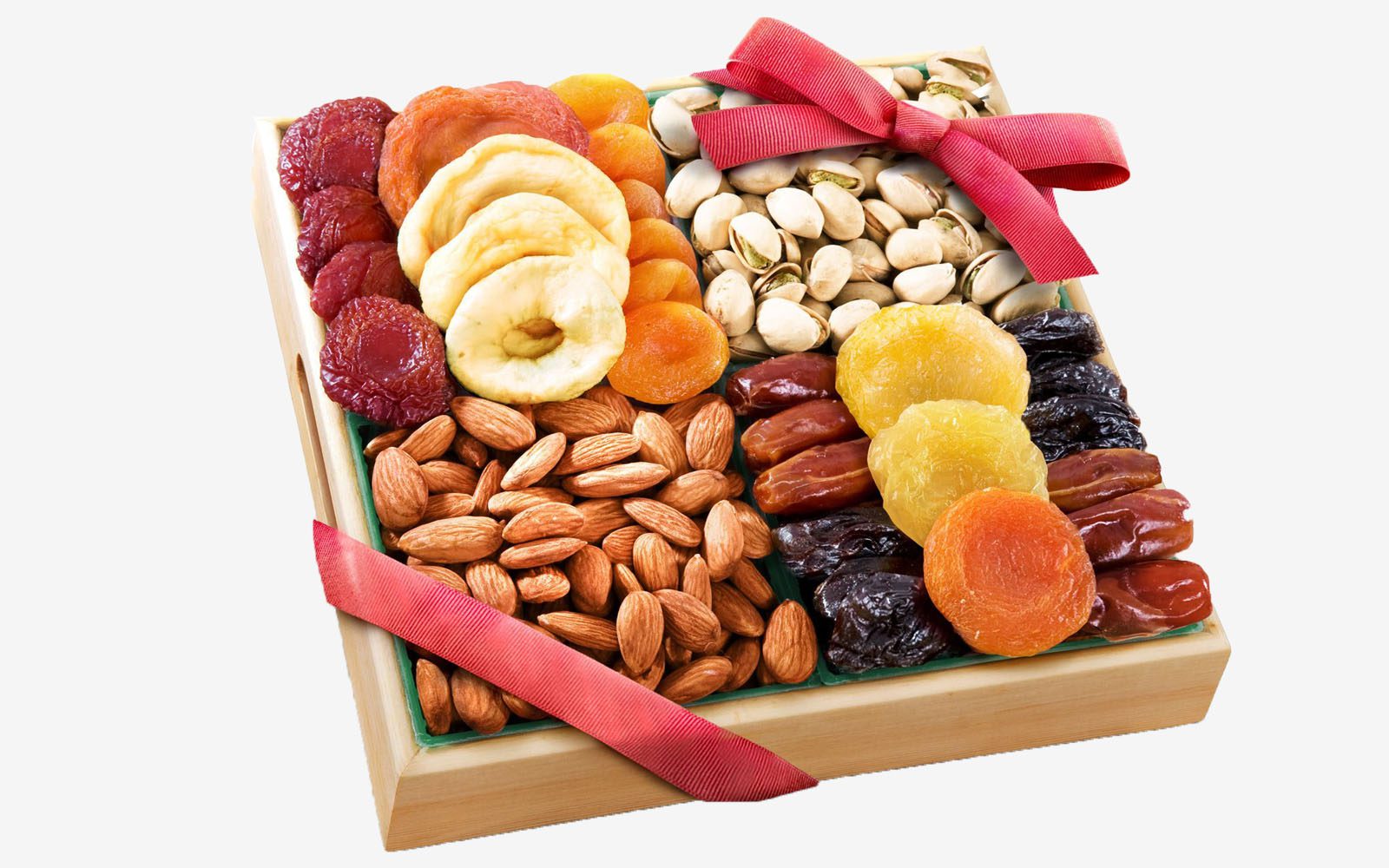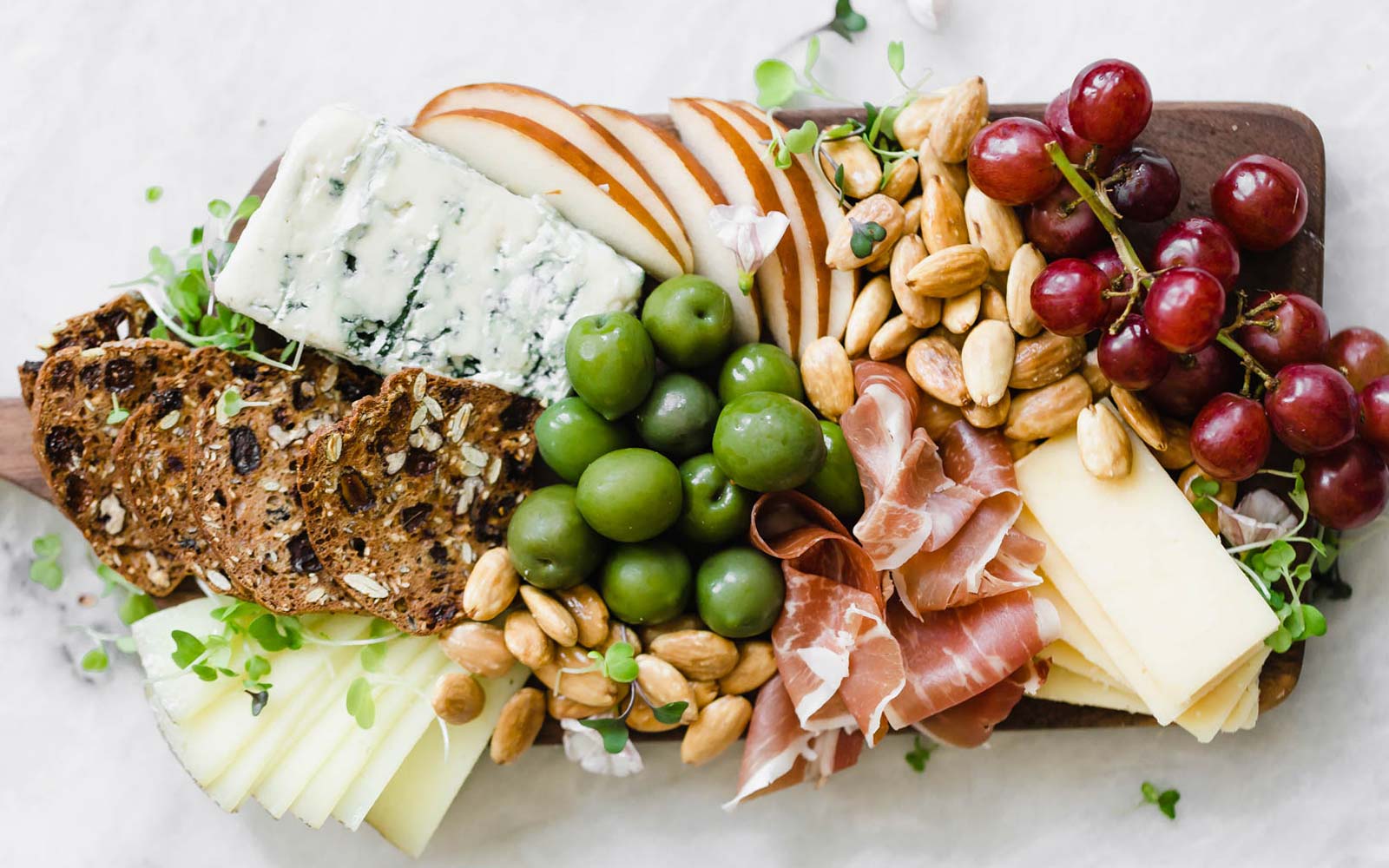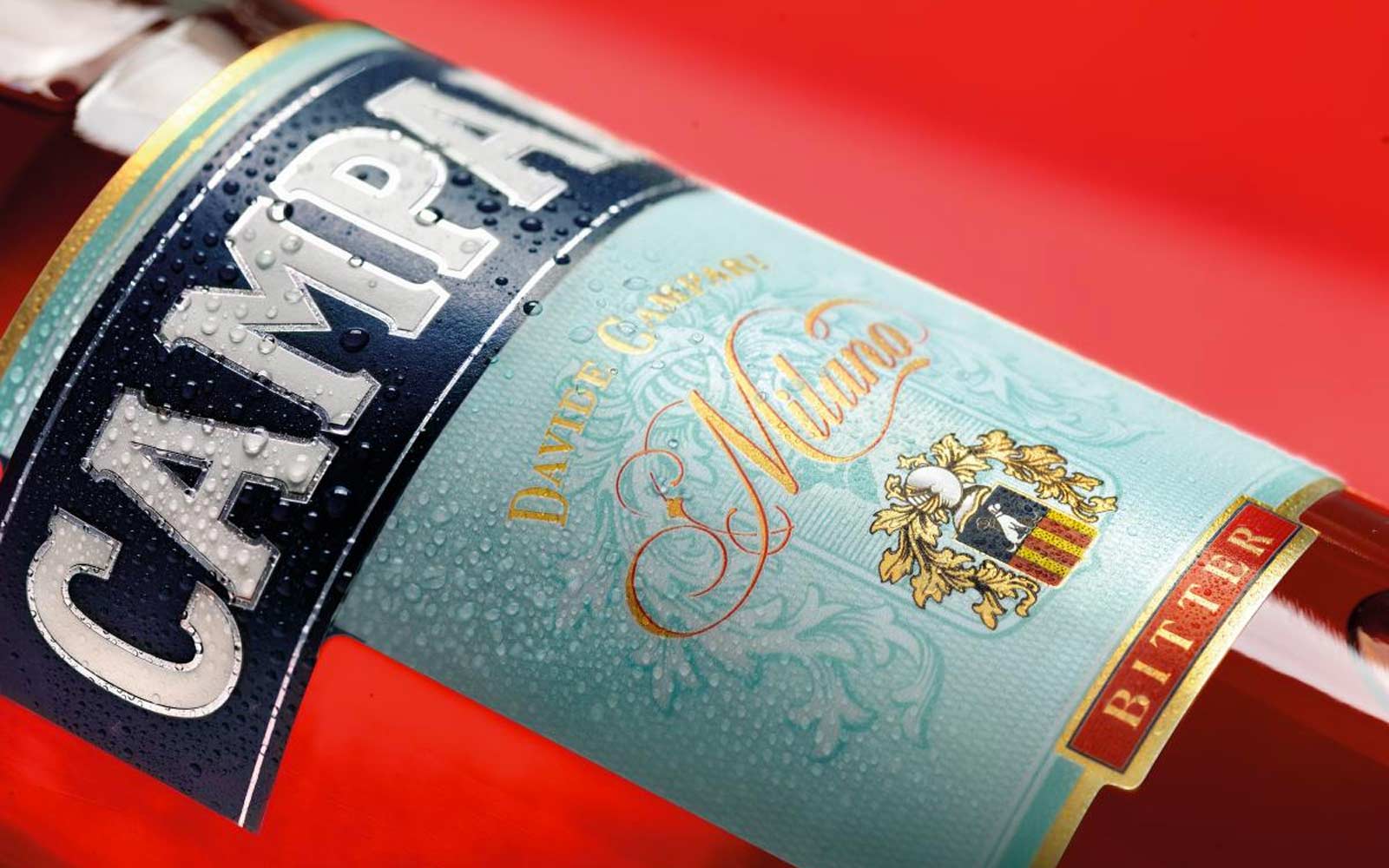Whether you’re prepping for a graduation party or the Super Bowl, every successful gathering needs one thing: food. Well, it needs wine, too, but we’ll get to that later. It’s hard to have fun when your guests start desperately eyeing your dog’s treats, driven by pure starvation. Do them all a favor and make sure you’re properly stocked up on some snacks. Hanger is real, but also easily avoided. Your guests don’t need a 5-course meal, and a small spread is all you need to take your gathering to the next level. No one would really mind if you ordered pizza and wings since they’re a crowd pleaser, but what’s what always gets ordered. Take a bold leap of faith and learn how to assemble a charcuterie board. They aren’t just for fancy restaurants, and you can easily put one together at home, one ingredient at a time. A charcuterie board is classy, delicious, and appeals to everyone because of its wide variety of items. So next time, pass on the chips and skip the wine bags.
Table of Contents
Basics

Before you can go about mixing and matching your ingredients, you need the most important piece: the board. Whether it’s wooden, marble, or slate, the board serves as the foundation for all your items, and is arguably the most important part. Shop according to size and shape depending on how many guests you are expecting for the night. We recommend investing in a quality board in order to maximize presentation.
Many items that make up a charcuterie board should actually be sliced just prior to serving for maximum freshness. Any small blade will do, as long as it is extremely sharp. The only thing to remember is to clean the blade between cuts if you are switching between different foods. The last thing we want is for your cheese to compromise the taste of your salami. If you plan to serve multiple types of cheese, a cheese knife is suggested so that guests can serve themselves. The perforations on the knife help you glide through the cheese and also prevent anything from sticking to it. And don’t forget to set out small plates or cocktail napkins so guests have something to eat off of
Crackers/Bread

These staples serve as the delivery vehicle for either meat or cheese into your mouth. Crunchy, salty, and sometimes boring by themselves, crackers pair perfectly with any of the items on this list. Guests that are about to enjoy a bite will appreciate having either crackers or bread as a stable base. Consider opting for unsalted versions to avoid detracting from all of the other flavors on your board.
Fruits & Nuts/Spreads

Since most of the attractions on the board are either salty or flavorful, introducing some seasonal fruit can be a refreshing change of pace to add some sweetness as well. Grapes, figs, apricots, peaches, and olives can be used as palate cleansers and alternatives to the other savory items. Consider pairing the crunch of almonds, cashews, pistachios, pecans, and walnuts with cheese for a tasty contrast.
Spreads can be used to intensity the flavor of any cheese or meat or eaten simply with crackers. They can provide complex layers of taste on top of your already delicious pairing. Use honey or jam if you’re looking to add more sweetness to your palate. For those looking for something more savory, mustard and pâté can add interesting and unique flavors.
Brine

Pickled vegetables such as red peppers, asparagus, carrots, red onions, and pickles are delicious additions to any charcuterie board. The salty and sour flavors are quite tasty and practically all vegetables can be pickled. Don’t know how to pickle? All you have to do is combine vinegar, sugar, and salt with boiling water and the vegetable of your choice.
Charcuterie

You don’t have to go to a butcher in order to figure out which meats you want to serve to your guests. Selecting a variety of cured meats, sausage, and salami will ensure that everyone finds something to their liking. Cured meats are the result of a combination of salt curing, air drying, and sometimes even smoking. These meats are often extremely savory, fatty and rich, and contain plenty of saltiness. They pair well with any of the other items on the aptly named charcuterie board.
Types of Italian Meats

Coppa
Coppa is cut from the back of the neck and top shoulder of the pig and usually contains a vivid red color with heavy marbling. It has a smooth texture and a considerably fatty and seasoned flavor. This meat is definitely rich in flavor.
Lardo
Made up of spiced and cured pork fatback, this artery-clogging specialty should be enjoyed sparingly. However, it is quite delicious, so it is understandable if you have an extra slice or two. The cut is extremely smooth and tender and it is accompanied by a slightly buttery flavor.
Mortadella
Commonly known as the ancient ancestor to bologna, Mortadella is made up of cured pork sausage with the addition of pork fat and other flavorful spices. An extremely fine grind gives it its smooth texture and it contains a hammy flavor that is often combined with pepper, myrtle, or coriander.
Pancetta
This cured cut of pork belly is thinly-sliced and used as an alternative to bacon. Be cautious before taking a big bite, because it has a pronounced salty flavor. Sporting a generous fat-to-meat ratio and complemented by other spices, it is extremely tasty.
Pepperoni
Besides being a staple on pizzas everywhere, this salty, spicy, and dry-cured pork belly can be served in a variety of ways. Paprika and a mildly hot spice are usually added to achieve its smoky flavor.
Prosciutto
Prosciutto is a specialty dry cured uncooked ham that undergoes an intensive curing process. These hams are hung up in cellars to mature and dry for at least 210 days while adhering to strict climate controls. It is among the most versatile of all Italian meats. The melt-in-your-mouth texture and faintly sweet flavor help balance out the salty bite. The light color and marbled slices usually dominate a charcuterie board.
Salame
Salame is made by stuffing ground meats (pork, boar, beef, venison, etc.) into a casing and hanging it to cure. Herbs, spices, salt, pepper, wine, or vinegar can all be used to season and deliver a robust and unique flavor experience. The salty and fatty flavors combine to make a fantastic tasting experience.
Sopressata
Sopressata is known as the “poor man’s salami” because it is made up of all the other cuts of the pig that are leftover after the expensive cuts have been sold off. Because of this, it has a rough and uneven appearance and its flavors range from super spicy to almost sweet.
Recommended: Jamon Iberico de Bellota Ham, Duck Confit, Chorizo d’Espana, Chorizo Iberico, Coppa Cured Pork Shoulder, Dry Sausage Royal, Jamon Serrano Ham, Italian Parma Salami, Prosciutto Di Parma, Saucisson Sec Sausage, Sweet Sopressata Salami
Cheese

There’s absolutely no way around it: cheese is going to be one of the main events of your whole board. Always a crowd pleaser, the many varieties can make for a drastically different tasting experience from one bite to the next. Some people may prefer either mild or bold flavors, and the cheese should definitely take up a good amount of real estate on your board to cater to all your guests. We recommend leaving a whole block of cheese out and allowing guests to cut slices for themselves. Pre-cut slices take away from the experience and don’t allow people to portion properly.
Major Cheese Categories

Soft
Soft cheeses contain interiors that are neither pressed nor cooked. The end result is a cheese that melts in your mouth because of its creamy texture.
Recommended: Brillat Savarin Affine, Bonne Bouche, Brie Mon Sire, Camembert Le Bocage
Semi-soft
With a slightly heated interior, these cheeses have a firmer and more compact texture than their soft counterparts. They are also typically aged more, contain less moisture, but have a fuller flavor than other cheeses.
Recommended: Muenster, Crescendo, Warby Red, Laliberté
Firm
Like its name implies, a firm cheese’s consistency is decisively rigid. They make up a big part of all cheese categories with many varieties and high popularity. These cheeses contain dense flavors ranging from mild to very sharp.
Recommended: Manchego, Pecorino Toscano Stagionato DOP, Petit Basque, Garrotxa
Blue-veined
Bluish green mold veins are dispersed throughout the cheese because of the addition of Penicillium fungus, which makes it develop a high acid content and crumb-like texture. The taste tends to be rather sharp and salty.
Recommended: Roquefort, Stilton, Gorgonzola, Dolcelatte
Fresh
No aging needed for these cheeses since they taste best if consumed immediately after purchasing. These unripened cheeses are usually bright white in color and smooth and creamy in consistency. The flavors are tangy, tart, and buttery.
Recommended: Mozzarella, Ricotta, Goat Cheese, Feta
Wine Pairings

Although it’s the last item on this list, it’s definitely not last in importance. There’s nothing like cracking open a bottle of wine to get the party started! But believe it or not, wine has another purpose other than getting you buzzed. You will discover that wine pairs perfectly with cheese, and some varieties more so than others. While you can switch up the charcuterie and fruits, for the most palatable experience, make sure your wine and cheese pairing matches up. Combining two of life’s best culinary pleasures makes for an extremely complementing experience. Don’t be afraid to be generous with your pour and make sure that everyone has a full glass!
Fresh pairs with: Riesling, White Port, Moscato, Champagne, Chablis, Pinot Grigio, Sauvignon Blanc
Soft pairs with: Robust Reds, Côtes de Nuit, Saint-Émilion, Côtes du Rhône, Châteauneuf du Pape
Semi-soft pairs with: Chardonnay, Pinot Noir, Chianti, Sangiovese
Firm pairs with: Merlot, Cabernet Sauvignon, Chianti, Zinfandel, Valpolicella, Bardolino, Sauvignon Blanc
Blue-veined pairs with: Port, Sauternes, Riesling, Eiswein, Zinfandel
- Shaving Face: A Guide to Foams, Gels & Shaving Techniques We teach you how to stay nick and bump free with part two of our shave guide - July 10, 2021
- Bringing Home the Bacon A history of America's favorite meat-candy - August 15, 2017
- How to Beat the Unfair Fair Games How to even the odds and score that prize - July 26, 2017






